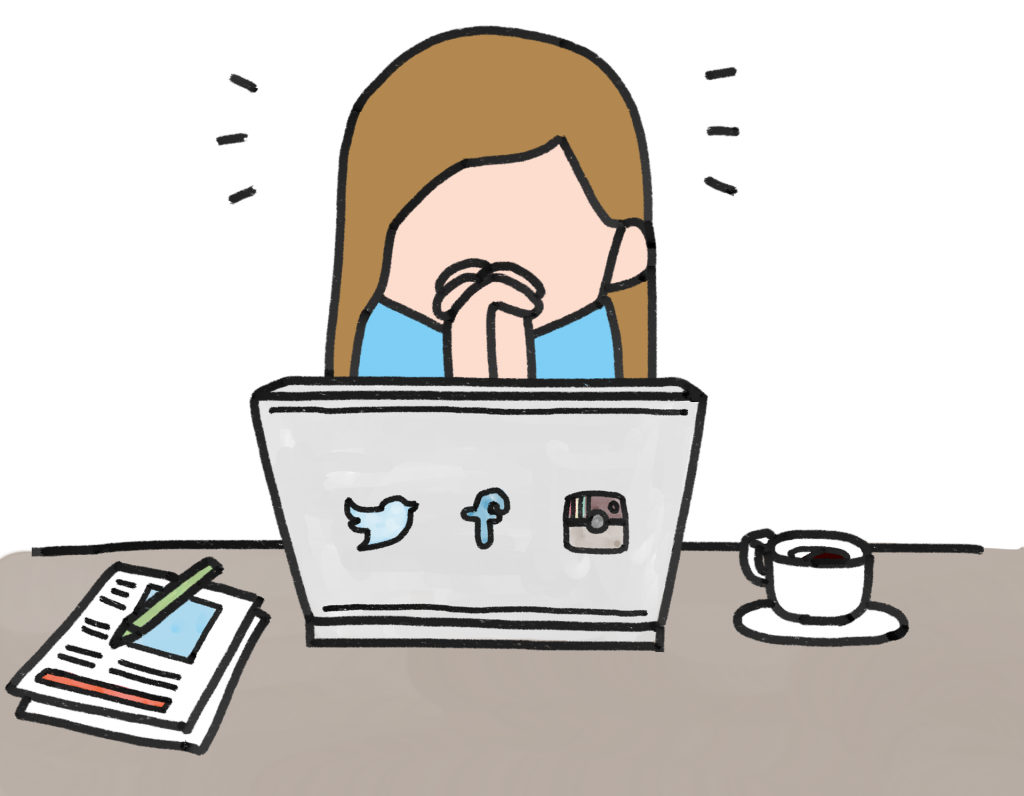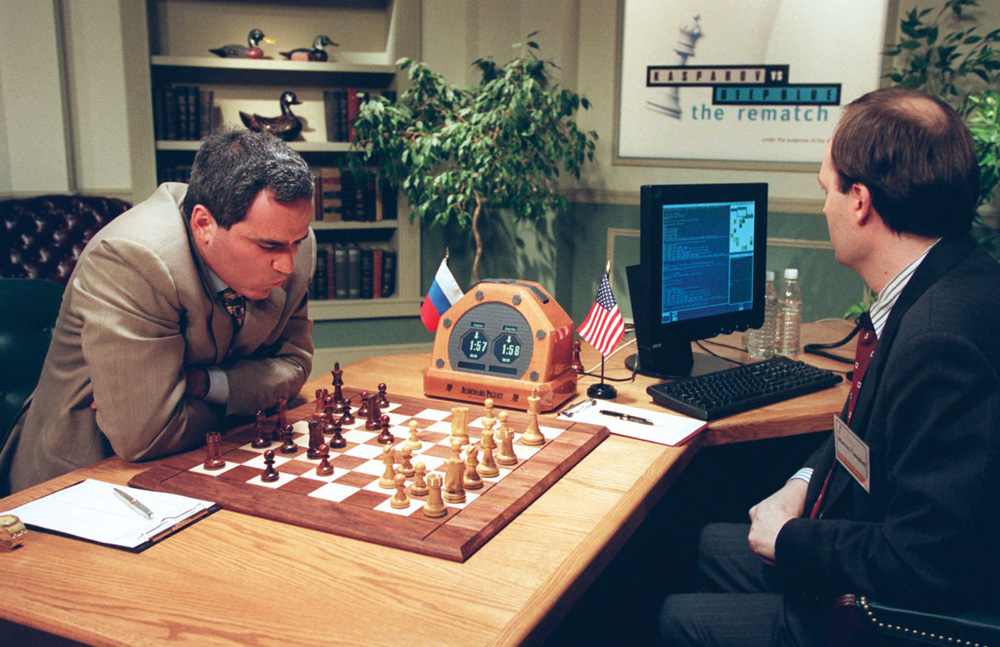When one ponders about religion, very few will coin the term ‘digital religion‘ within their first few minutes. Yet, like many extensions of humanity, religion is – and has for some time already been – moving online. This final blog post on digital religion for DIGMEDIA will highlight some of the most interesting discoveries I made this past semester, and add some extra information that cannot be found in my previous blogposts.
But what do you know about digital religion?

I asked some of my classmates to recap their knowledge of digital religion in a 1-minute quiz of 9 questions. If you haven’t taken my recap quiz on my collection of blogs (and 1 podcast) about Digital Religion yet, you can take it here. Please do so before reading this blog post.
By the time this blog post was written, [8] students of DIGMEDIA had filled out the quiz. Their collective score was [40/100%], proving we can all use a recap.
Godcasts
Let us start with the most complicated subject of digital religion: Godcasts. It was the subject of my podcast, and discussed the godcast as religion’s use of podcasting religiously. As mentioned in my Regarding Religion ep1, among the earliest podcasts appearing in 2005 we could already find godcasts. Back then, godcasts were the most popular type of podcast overall – this was before the inclusion of the crime-podcast, however.
Surprisingly, however, is that while Christianity is the biggest godcasting religion of all, it is followed closely by Wicca. This increasingly popular new religious movement, which (re-)gained high popularity from the 1950s onwards – a trend we can trace more recently in TV-series such as Charmed (1998-2006)- is an avid godcasting medium.
Wiccan godcasts are perhaps so useful to the witch-religion as they allow for online solitary practitioners to connect with others – as long as everyone speaks English. While it is too premature to claim such a practice could provide us with online covens, this may prove to be the case sooner than one would expect.
Godcasts by Wiccans frequently refer to online platforms. The biggest appears to be Instagram. Online we see the filming of rituals, as well as the selling of supplies like crystals, tomes, and herbs. Even ritual items like knives, wands, and bowls are frequent on Instagram’s shop pages.
Other social media platforms are useful for sharing longer pieces of text such as information Wiccans may keep in their ‘book of shadows’ (BOS), or the accompanying thought collection ‘book of mirrors’. Although there are many media and authors that claim BOSses are best handwritten, just as the first BOS created by the father of Wicca Gerald Gardner, some have found their way online. It is not uncommon to find online versions of this diary-concordance in the shape of a site.
The Facebook Leader
Another question people struggled with concerned the popularity of 2 of Facebook’s religious leaders. While both the current Catholic Pope and the Dalai Lama have been avid users of Facebook for years, it is interesting to see that the latter has a whopping 10 million more followers than the Pope. This difference is even larger when we compare to the current Pope’s personal account, which only has a few thousand followers.
The 14th Dalai Lama, Gelug (or ‘yellow hat’) Buddhist Tenzin Gyatso, is a lot more active digitally too. Not only does his Facebook team host frequent live streams in which the Lama himself explains certain parts of Tibetan Buddhism, but a small text-only post appears almost every day. These posts usually topic along the lines of a wish for world peace and health – the staple of this Dalai Lama’s message.
What starts online… does not always stay online
A final recap we could use is the difference between online and offline religions. While we can state that almost all of the offline religions, such as Christianity and Buddhism, have online ties to sites and social media, one particular religion is essentially fully based online: Jediism.
Jediism, based in part on the Starwars Universe, started in 2001 with the Jedi-census-phenomenon. However, what started as a way to throw the governments of both Australia and Great-Brittain for a loop, or as a simple (yet funny) critique against the government’s questions about the religious affinity of their subjects, was taken seriously by a large corpus of people. The biggest online ‘Jedi Temples’, by today, facilitate online sermons and initiation, while fighting to be recognized as a true religion (which will grant them tax benefits).
Unlike Jediism, The Church of the Flying Spaghetti Monster, which, like the former, started out as a critique religion, hosts actual offline services in Templin, Germany called nudlemesse (lit. noodle-mass). Formal attire is worn in the shape of a pirate’s costume to noodle-mass. A true treasure trope for religious anthropologists, some of the sermons from Templin can be found on Youtube. It is for this reason that we can no longer the FSM church an online religion. What starts online, does not always stay online.
Thank you all for reading my final blog here on DIGMEDIA. If you want to read more posts regarding religion online, please use the left button below. If you want to read more about religion in general, please use the right button to be sent to my personal blog (in Dutch).



I love that you cover all forms of religions and give some information on how they are all related to each other in some way. Though I am not a fan of organized religions (nothing has stuck just yet), I do enjoy learning about them and their practices. Thank you for these very interesting and informative blogs about religion. I enjoyed your recommendations especially the @yesimhotinthis IG page.
Thank you for your insightful comment. I am glad to read you enjoyed my blogs. (I also enjoy Yes I’m hot in this to this very day.) Reading about your enjoyment in learning about practices of religious people, I might interest you in taking one or more courses from the Leiden University minor ‘Religion in a changing world’ next semester. Of those, the courses taught by Ab de Jong are especially interesting 😉 as he is a good public speaker. It is, I might add, not a requirement to be religious to research religions scientifically, as we do in Religious Studies. If anything, one might note, it is actually quite complicated to be religious in our field. So please feel free to check them out here: https://studiegids.universiteitleiden.nl/studies/8335/religion-in-a-changing-world#tab-1
Thanks for the interesting article!!
Yes, digital and religions sounds like unlikely combination, but I was really convinced about the affinity between them by reading your article. I’m a kind of thinker on the post-war history of Japan, and one of the most momental incidents in 1990s was the indiscriminate attack terrorism happened in multiple subways of the middle of Tokyo by the religious group called AUM. It was super serious and a lot of innocent people are dead and hurt. However, what I observe recently (not so much recent but around from 2010, I guess?) is that the promotion anime/videos became a kind of meme among some Japanese 4 chan-like online collectives and those clips are very popular on niconico video. I guess those people watch them just for fun and not religious purpose at all, saying that “people were fool at the time to be deceived by such funny bad-quality promotions” or even “religions in general are fool.” Still I feel some lack of ethics and misunderstanding to religions in general. The online environment prone to convert religious contents into totally different things (often ignoring any ethics), and “belief”(not only in terms of religions, but the important virtue of humanity in general) is under kind of threat in my point of view. Of course, there are lot of great things the digital society can do for enriching “belief,” for example uniting people via online especially under this corona crisis, I really hope people can invent the way to balance the “belief” in the 21st century hopefully soon.
Again, thanks for the article, I really enjoyed it!!! 🙂